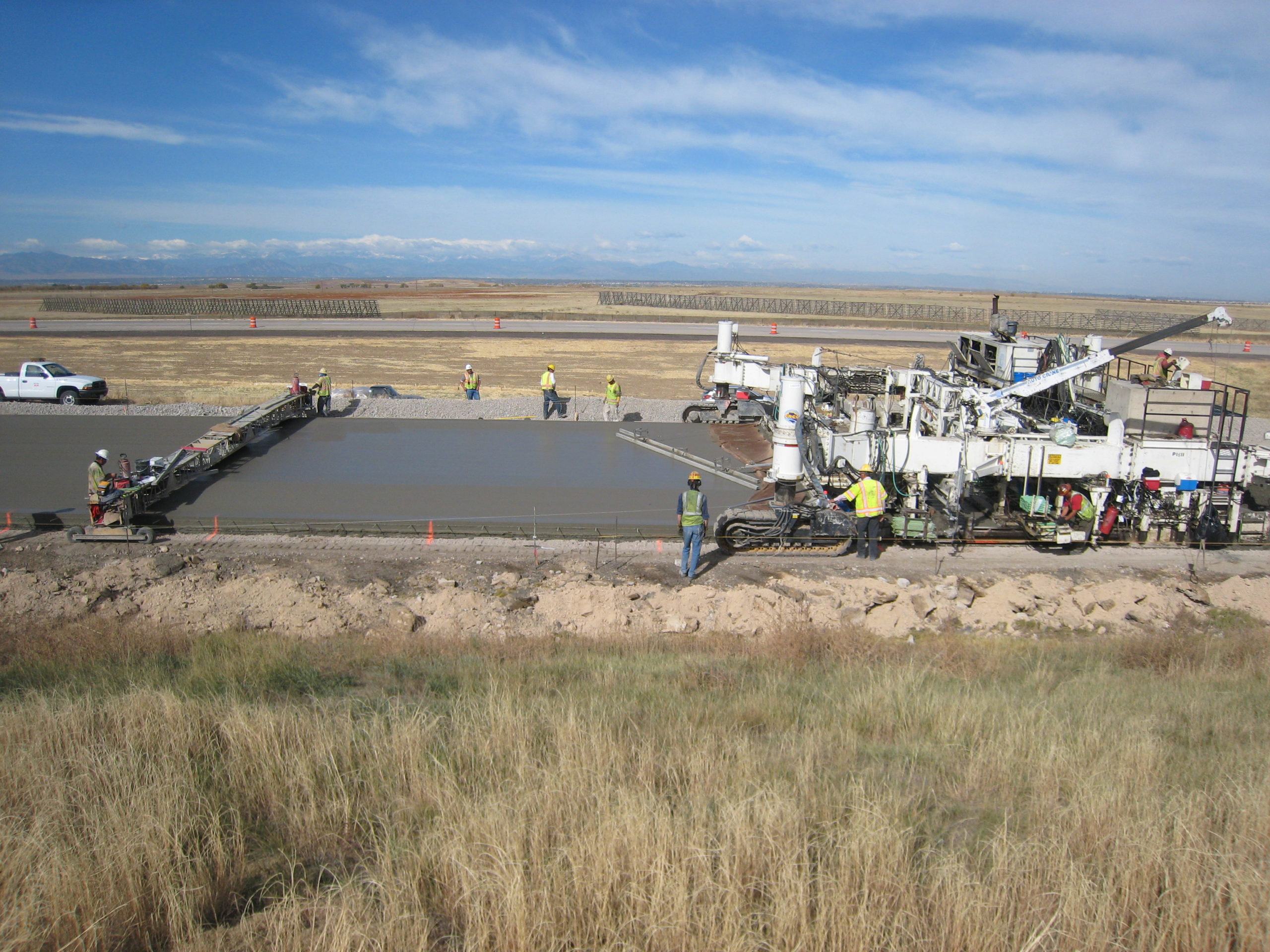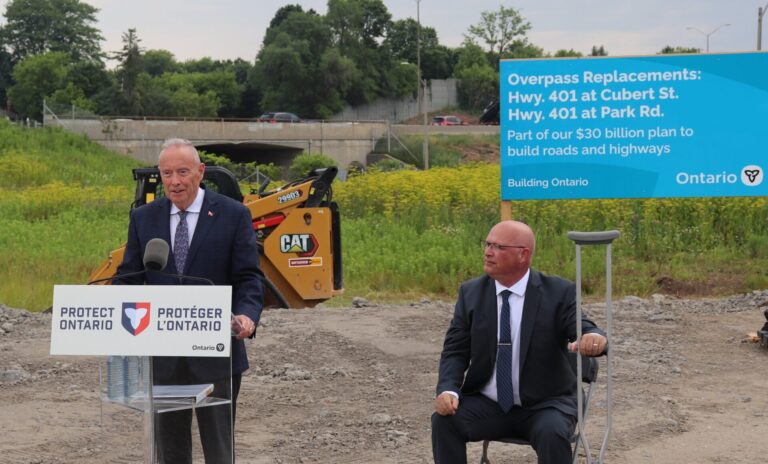The Government of Canada has posted a Request for Information (RFI) seeking input from the cement and concrete industry, including professionals working in the industry, regarding a proposal to mandate low-carbon concrete on federal projects beginning in 2021.
The federal government proposes to set minimum standards to decrease greenhouse gas (GHG) emissions by using cement that produces 10 per cent fewer emissions than regular cement.
According to the RFI, “cement is a major contributor to climate change. The chemical and thermal combustion processes involved in the production of cement are a large source of carbon dioxide (CO2) emissions. Each year, more than 4 billion tonnes of cement are produced, accounting for around 8 per cent of global CO2 emissions.”
The Greening Government Strategy includes a commitment to reduce the environmental impact of building materials using life-cycle assessment techniques to minimize embodied carbon and the use of harmful materials in construction and renovation. The government plans to aid the transition to a low-carbon economy through green procurement that includes life-cycle assessment principles and the adoption of clean technologies and green products and services.
Requirements under consideration are:
- Starting 2021, and phasing in over 12 months to support market readiness, all general use cement specified by the Government of Canada (GC) will be Portland Limestone Cement (PLC), which reduces CO2 emissions by 10 per cent, or equivalent
From this 10 per cent lower-carbon baseline, GC designers will be required to reduce further emissions by specifying low-carbon concrete:
- All concrete specified by will require product-and-facility-specific Type III Environmental Product Declarations (EPDs) or equivalent.
- Starting [Month, Year] GC will publish maximum carbon intensity values for concrete specified on a range of project types which will set mandatory lower-carbon benchmarks for concrete purchased by GC. (The GC intends to collaborate with the architects and engineers, and cement and concrete, sectors to set benchmarks.)
According to a statement from the Cement Association of Canada (CAC), the sector is dedicated to reducing its GHG emissions, and in the last 20 years, it has reduced the energy required to make a tonne of cement by approximately 20 per cent. It also states that Portland-limestone cement is a lower carbon cement that reduces CO emissions by 10 per cent compared to regular cement.
To read the complete RFI, click here.
Feedback to the RFI is to be submitted electronically by July 17, 2020 14:00 EDT to: [email protected]
In related news, a new peer-reviewed study conducted by the International Institute for Sustainable Development (IISD), Emission Omissions: Carbon accounting in the built environment, examines Life-cycle Assessments (LCA) – a primary analysis tool used by industry and researchers to account for GHGs and other impacts of building products.
Featured image credit: Lafarge Holcim.











